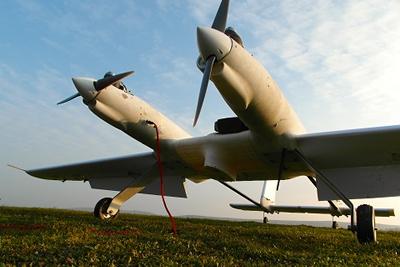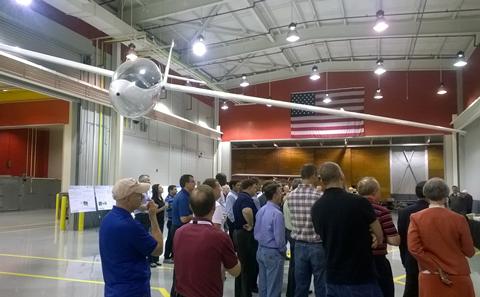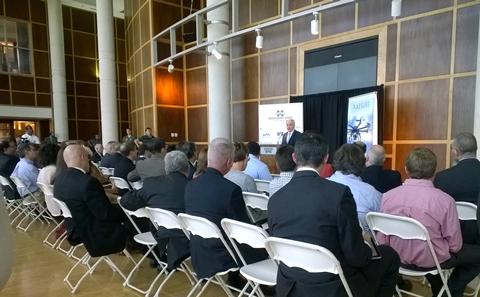Southampton at the first quarterly meeting of the ASSURE alliance

The University of Southampton is one of only two non-US organisations in the US Federal Aviation Administration’s Centre of Excellence for Unmanned Aircraft Systems (ASSURE) The Co-Director of the University of Southampton's Autonomous Systems USRG, Dr András Sóbester, represented Southampton at the meeting, which was held 15-17 September on the Starkville, MS campus of Mississippi State University (MSU). The University of Southampton is one of only two ASSURE affiliates from outside the United States. It joins a select group of 20 research universities (including leaders MSU, as well as Embry-Riddle, Ohio State and University of Alaska Fairbanks). The ASSURE consortium also includes over a hundred companies and agencies from North-America, including NOAA, Amazon Prime Air, AeroVironment, Aurora Flight Sciences, FedEx and Raytheon.
University of Southampton research commended
A press conference, held in the lobby of MSU’s imposing Bryan Athletic Administration Building kicked off proceedings prior to the event's big public meeting. Speaking at the press conference, ASSURE Director Major General (Ret.) James Poss outlined the role of the alliance as a provider of the leading edge research required to underpin the integration of unmanned air systems into the wider air traffic management system, to eventually enable operations alongside manned traffic. General Poss remarked on ASSURE’s pride in including the University of Southampton, on account of its pioneering contributions in unmanned aerial platforms development, in particular the use of additive manufacturing techniques in air vehicle design.
Research priorities for the future
The meeting concluded with a review of research priorities for the alliance, including the validation of airworthiness standards, 'detect and avoid' technologies, ground collision severity modeling and assessment and human factors aspects of unmanned air systems design.

The RASPET flight lab
Mississippi State University develops and tests UAVs and composite materials

The ASSURE Press Conference
Research will take place at member universities but be concentrated at Stennis Space Center
Dr Sobester joined delegates in visiting the impressive RASPET flight lab at Mississippi Sate University which focuses on aeronautical research. The Lab's facilities are in Starkville Mississippi housed in two enormous hangars and with direct access to the Bryan-Field hard surface runway (5,500 feet long and 150 feet wide) which is lighted for night operations and served by NDB, VOR, and GPS instrument approaches.